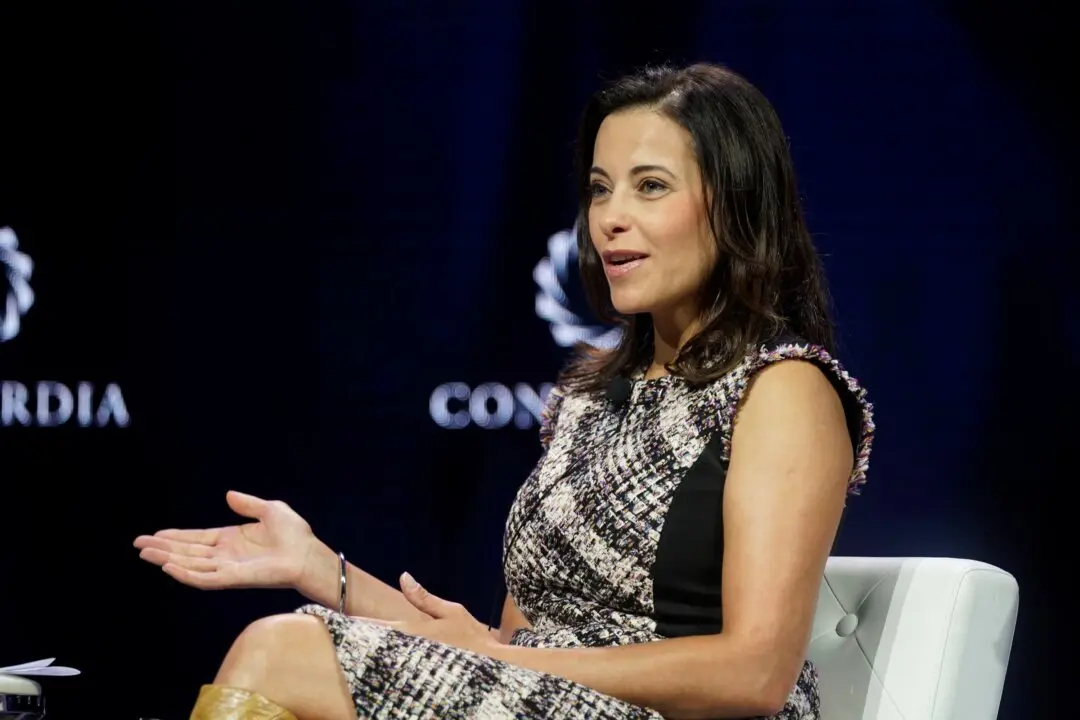The number of American households homeschooling their children has seen a 100 percent increase amid the COVID-19 pandemic, according to a report recently released by the U.S. Census Bureau.
The report is part of the federal agency’s mass-scale online Household Pulse Survey, which asks American families about how the pandemic has affected their lives from education to employment, to food security and household spending, in order to better support the nation’s recovery.





